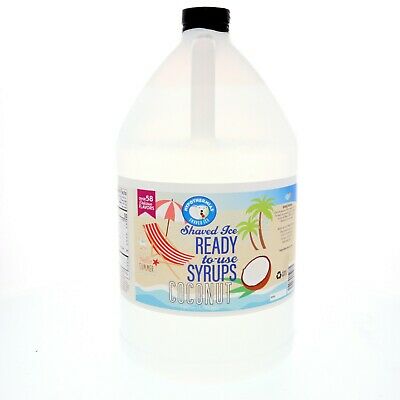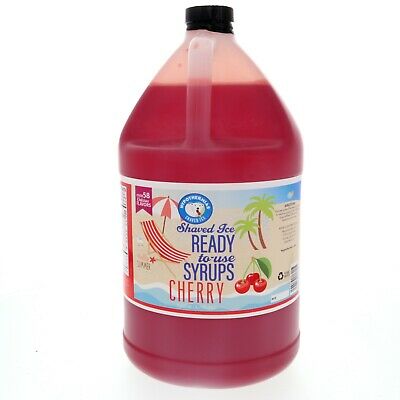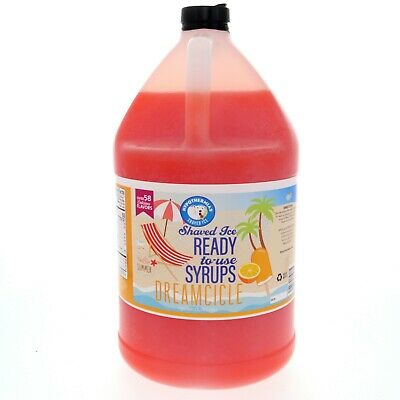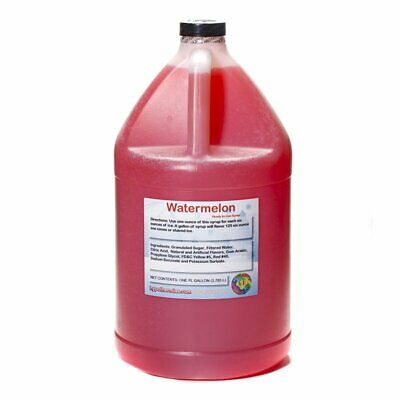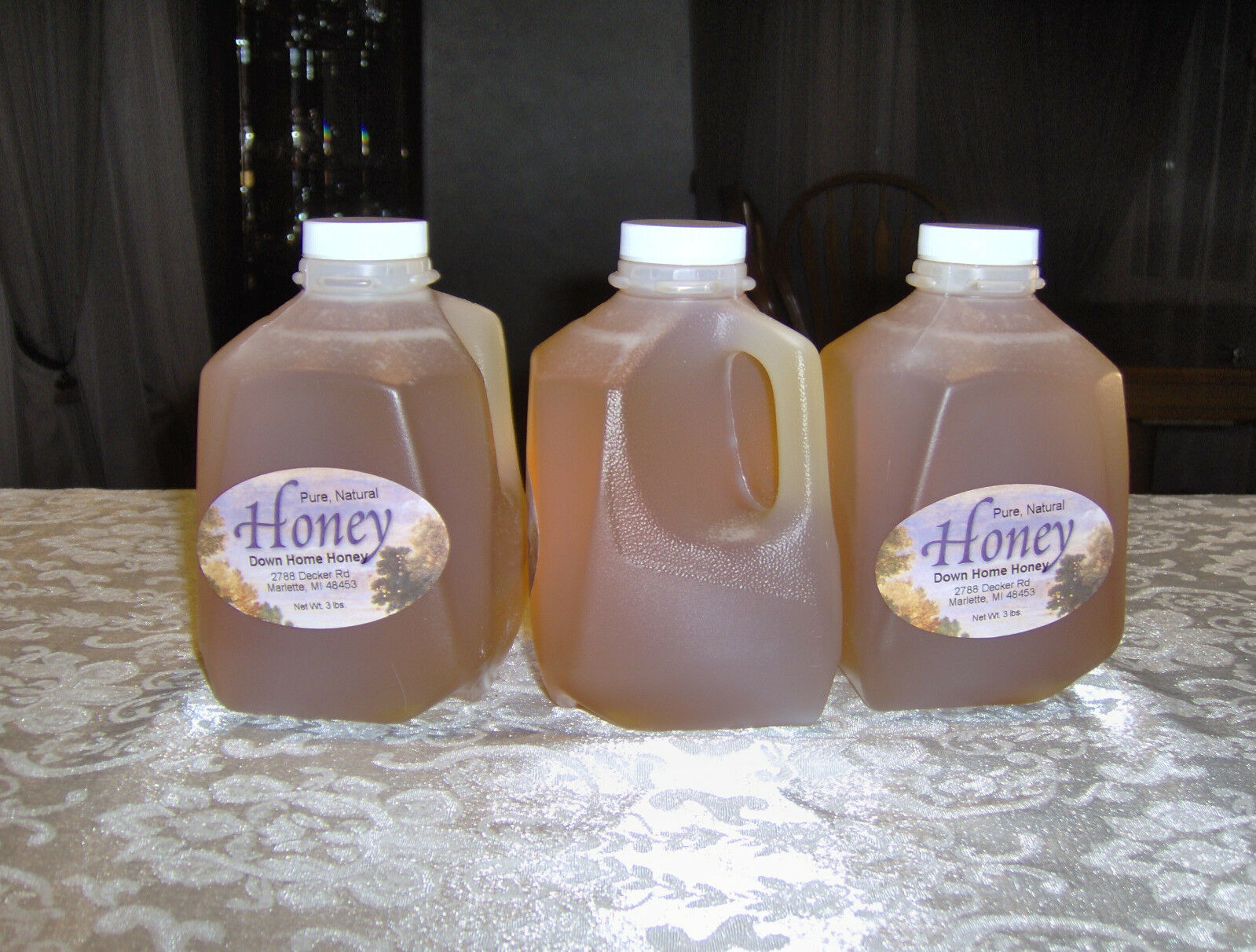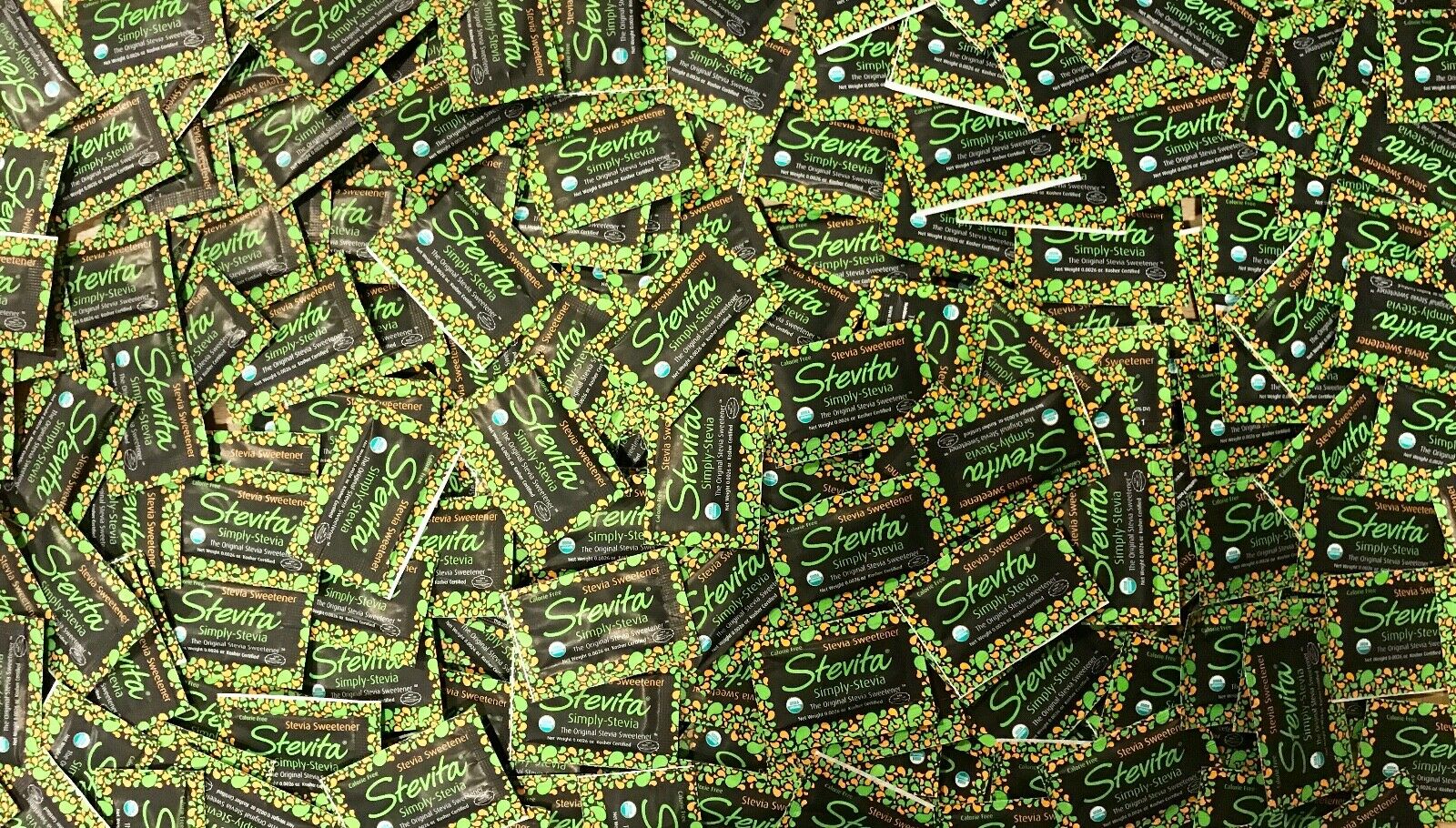-40%
Tupelo Honey Freshly Bottled 2lb Bottle
$ 31.67
- Description
- Size Guide
Description
2lb Bottle of Fresh Tupelo Honey from northern Florida. This honey is produced in a small-scale operation from a local bee keeper just outside Tallahassee Florida. This honey is 100% Raw, Organic, Unprocessed, Unfiltered, and Uncut.Shipped in plastic container that can be easily squeezed to dispense the honey.
We will ship all Orders USPS Priority mail within 1 Business Day of Payment. We offer Free Shipping for all US Orders. If you are ordering multiple bottles make me an offer. I can reduce the price because of the reduced shipping cost.
Honey Facts
:
1. HONEY NEVER SPOILS.
When sealed in an airtight container, honey is one of the few foods known to have an eternal shelf life. There are even reports of edible honey being found in several-thousand-year-old Egyptian tombs. Honey’s longevity can be explained by its chemical makeup: The substance is naturally acidic and low in moisture, making it an inhospitable environment for bacteria.
2. BEES MAKE A
LOT
OF HONEY.
A typical beehive can produce anywhere from 30 to 100 pounds of honey a year. To produce a single pound of honey, a colony of bees must collect nectar from approximately 2 million flowers and fly over 55,000 miles. This amounts to a lifetime’s worth of work for around 800 bees.
3. HONEY WAS A HOT COMMODITY IN MEDIEVAL EUROPE.
In 11
th
century Germany, honey was so highly valued for its beer-sweetening abilities that German feudal lords required their peasants to make them payments of honey and beeswax.
4. BEES SURVIVE ON HONEY IN THE WINTER.
Bees work hard all summer to ensure they’ll have enough honey to sustain the hive through the winter. During the colder months, bees occupy their time by clustering themselves around the queen and shivering their bodies to fill the hive with warmth. All that shivering burns a lot of calories, so honey makes for the perfect high-energy diet.
5. HONEY IS MEDICINAL.
Evidence of honey being prescribed as a medical treatment dates back as far as ancient Mesopotamia. Because the substance is so inhospitable to bacteria, it was often used as a natural bandage to protect cuts and burns from infection. Today, honey is still used as a natural treatment for dandruff, stomach ulcers, and even seasonal allergies.
6. FOR BEES, A LITTLE HONEY GOES A LONG WAY.
On average, a honey bee produces 1/12 of a teaspoon of honey over the course of its life. To put that into perspective, two tablespoons of honey would be enough to fuel a bee’s entire flight around the world.
7. THERE ARE DIFFERENT FLAVORS AND COLORS OF HONEY.
Honey’s depth of flavor is determined by the source of the nectar it was made from. Linden honey is delicate and woodsy, buckwheat honey is strong and spicy, and eucalyptus honey has a subtle menthol flavor. The darkness or lightness of certain honey varies as well. Bees in the southeastern U.S. have even been known to produce honey that’s deep purple in color, though scientists can’t agree why.
8. NOT ALL BEES MAKE HONEY.
There are 20,000 species of bees on earth and only a small fraction of them make honey. The species of honey bee used for commercial beekeeping in the U.S. is known as
Apis mellifera.
It’s one of only seven known honey bee species.
9. AND NOT ALL HONEY IS MADE BY BEES.
While bees are most associated with honey, the Mexican honey wasp also produces honey on a large scale, a fact that pre-European Native Americans are known to have taken advantage of. In 2013, researchers did a survey of honey wasp nests in Texas to attempt to get insight into honey bee behavior. But be aware, this honey can occasionally be poisonous thanks to the flowers that the wasp likes visiting.
10. BEES HAVE MADE HONEY FOR MILLIONS OF YEARS.
Around 130 million years ago, flowering plants first appeared, and a few million years later, bees began separating from wasps. At some point after that, bees began producing honey, with one fossilized honeycomb dating from around 3 million years ago. Humans, meanwhile, have been harvesting the sweet stuff for thousands of years. An ancient cave painting was discovered in Valencia, Spain, that depicts a human figure removing honey from a hive, and it could date from as far back as 15,000 years ago.
11. BEEKEEPERS ONLY TAKE WHAT’S EXTRA.
A productive bee colony makes two to three times more honey than it needs to survive the winter. When harvesting honey from a beehive, beekeepers try not to take anything the bees will miss. If necessary, beekeepers will feed bees sugar syrup in the autumn to compensate for the honey they take.
12. HONEY IS GOOD FOR THE ENVIRONMENT AND THE ECONOMY.
The environment depends on the pollination that occurs when honey bees gather nectar. Bees pollinate billion worth of U.S. crops each year, and approximately one third of all food eaten by Americans is either directly or indirectly derived from honey bee pollination.

